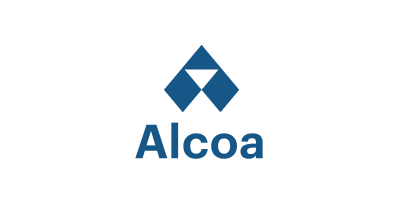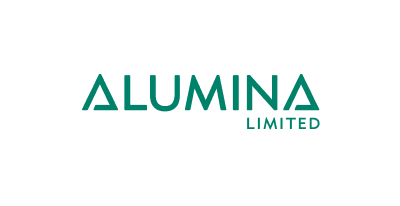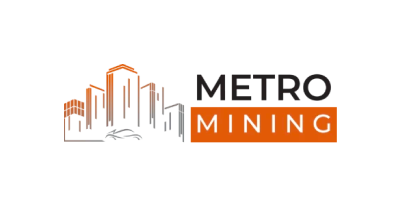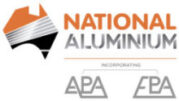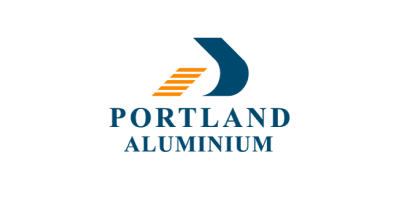Aluminium, despite not being as conductive as copper, has the benefit of being much lighter. This lighter weight allows it to match copper’s electrical performance without the added heaviness, making it an excellent choice for power lines.
Aluminium is the single most widely used mineral material in solar photovoltaic (PV) applications. The metal accounts for more than 85% of the mineral material demand for solar PV components – from frames to panels. Aluminium is the perfect option for solar panel frames. The metal can even improve solar cells themselves. Using embedded aluminium studs can significantly increase solar panel efficiency thanks to the material’s unique reflectivity properties.
Aluminium is a critical component in other low-carbon technologies including wind, energy storage and hydroelectricity. The metal is used widely in both on-shore and off-shore wind projects, including tower platform components and turbines. And aluminium-ion batteries have the potential to revolutionise energy storage systems.
The aluminium industry directly employs around 20,000 people and puts food on the table for around 75,000 families – mostly in Australia's regional locations.
More than $15B in export earnings across bauxite, alumina and aluminium every year and $18B in contribution to GDP. Aluminium is Australia's largest manufacturing export.
From bauxite mines, alumina refineries, aluminium smelters and downstream manufacturers through to market, Australia can do it all. Aluminium is one of the few products mined, refined, smelted, extruded and distributed right here in Australia - going through more than 5 sets of Australian hands before it ends up in homes and businesses around the world.

The Australian Aluminium Council is the peak industry association representing the Australian aluminium industry from mine to market.

